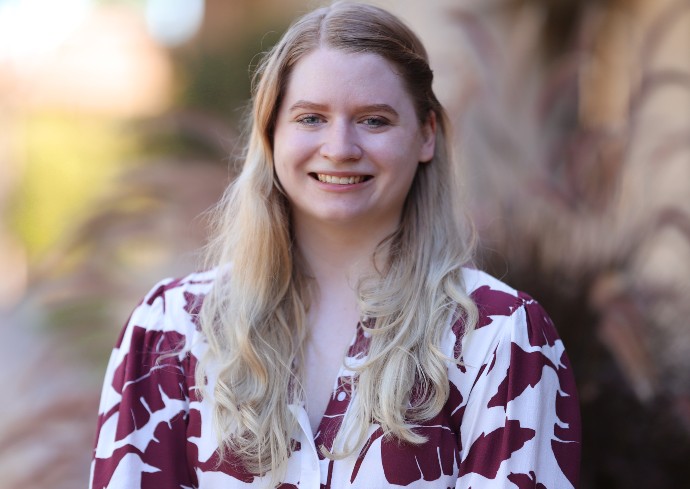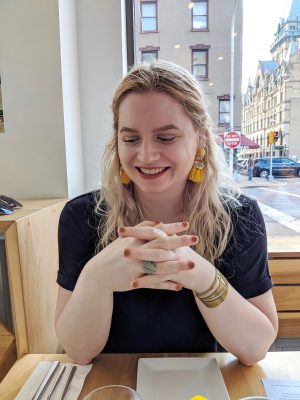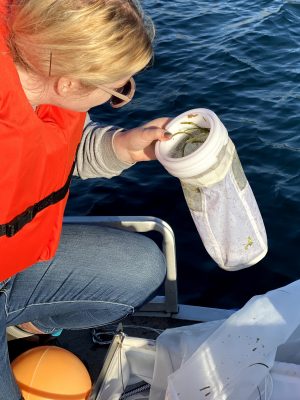Setting the Standard and Ensuring Justice
Everyone knows DNA plays a crucial role in solving crimes—but what happens when the evidence is of low quantity, degraded or comes from multiple individuals? One of the major challenges for forensic laboratories is interpreting this type of DNA data…




